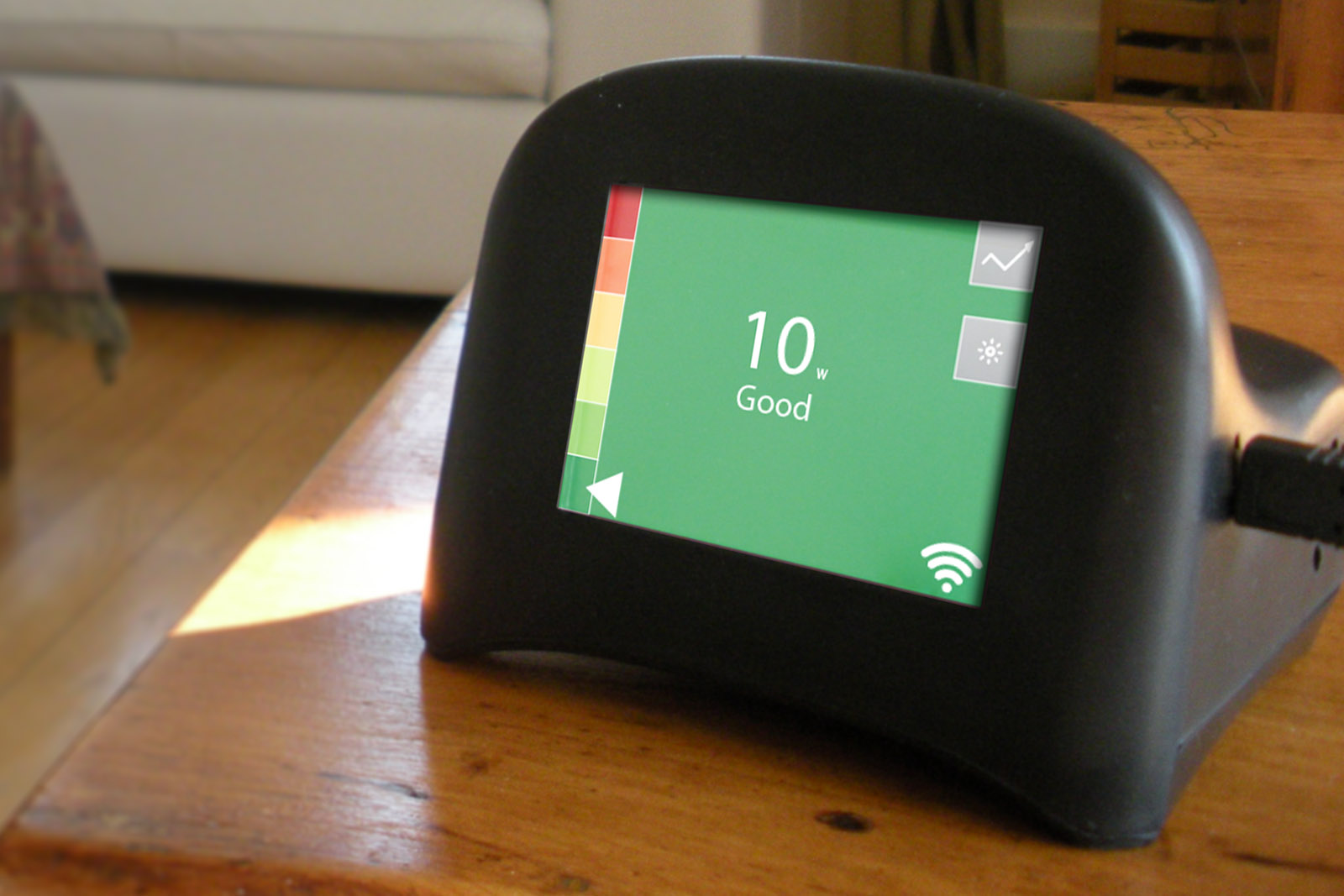Air pollution comes from many sources—power plants, industrial production and fires, to name a few. In Pittsburgh—the most polluted city east of California according to the American Lung Association—avoiding dirty air while outdoors can be difficult, if not impossible. But a new device, available through the public library system, helps people identify and reduce bad air quality inside their homes.
John Horchner has been eagerly waiting to check out a Speck air quality monitor from Pittsburgh’s Carnegie Library for a few weeks. The small, Wi-Fi-connected device detects and calculates the level of fine particulate matter—particles that are invisible to the naked eye and just a tiny fraction of the width of a human hair. The lower the count, the better the air—and the fewer risks to health.
A high presence of particulate matter can exacerbate problems like asthma, lung disease and allergies. But the loan-able air monitor is helping residents find and fix the source of the problem.
LISTEN: “The Air Quality Monitor You Can Get at the Library”
Horchner and his family live in a leafy neighborhood, but the greenery can belie high levels of particulate matter drifting through the air. He and his family are healthy, but they typically have three air purifiers pumping away at home.
“There is no such thing as moderate particles,” Horchner insists. “Tell that to the person who was out jogging and died of a heart attack: ‘Oh, it was moderate today.'”
Horchner’s family is amused by his vigilance, but now his daughter, Christine, and wife, Nadine, are gathered around the kitchen table to see what the Speck monitor will reveal. Horchner guesses an optimistic 10 or lower. Nadine predicts the room will yield a reading of 30.
The reading climbs to 22 and stays there. In the next test site, the upstairs study, it scores a 20. These are pretty good numbers. Finally, they head to their daughter’s room, where Horchner has attempted an experiment. Earlier in the day, he sealed off the door with duct tape to try and create a controlled environment. The result: 30. Not great, but not bad.
Illah Nourbakhsh, a professor at Carnegie Mellon University’s CREATE Lab, which developed the Speck, attributes the indoor pollution to “infiltration” by Pittsburgh’s dirty air seeping in around the windows and up through the floorboards.
Even perfectly healthy people can be harmed in the long term by polluted air, Nourbakhsh says. “We’re talking about the kind of heart conditions like arrhythmia, like cardiovascular disease,” he says. “Those are things that are going to not necessarily kill you, but they’re going to make the quality of your life go down.”
For now, Pittsburgh libraries are the only ones to make the Speck available to borrowers. But the CREATE Lab is trying to place the monitors for lending in other libraries across the country. People with low incomes tend to live in areas with the worst air quality, Nourbakhsh emphasizes. Those who can’t afford their own Speck—each costs $200—can borrow one for a few weeks.
Ultimately, Nourbakhsh says, the goal is to change behaviors. Since the quality of a room’s air can be affected by a variety of ordinary household activities, Nourbakhsh says the monitor can help people identify and change habits that contribute to poor air quality. For example, people can make sure air is vented while cooking, put a filter over a window air conditioner unit or vacuum long before the kids get home, giving particles time to settle.
“You start to connect how you feel and what you smell with what you see,” he says. “And pretty soon, you don’t need the Speck anymore.”
###
This story was originally produced for National Public Radio. Carnegie Mellon University now plans to give free Speck monitors to 100 libraries across the country. Also, one note: The Speck monitors were placed in the Pittsburgh library branches with support from the Heinz Endowments, which also supports The Allegheny Front.


